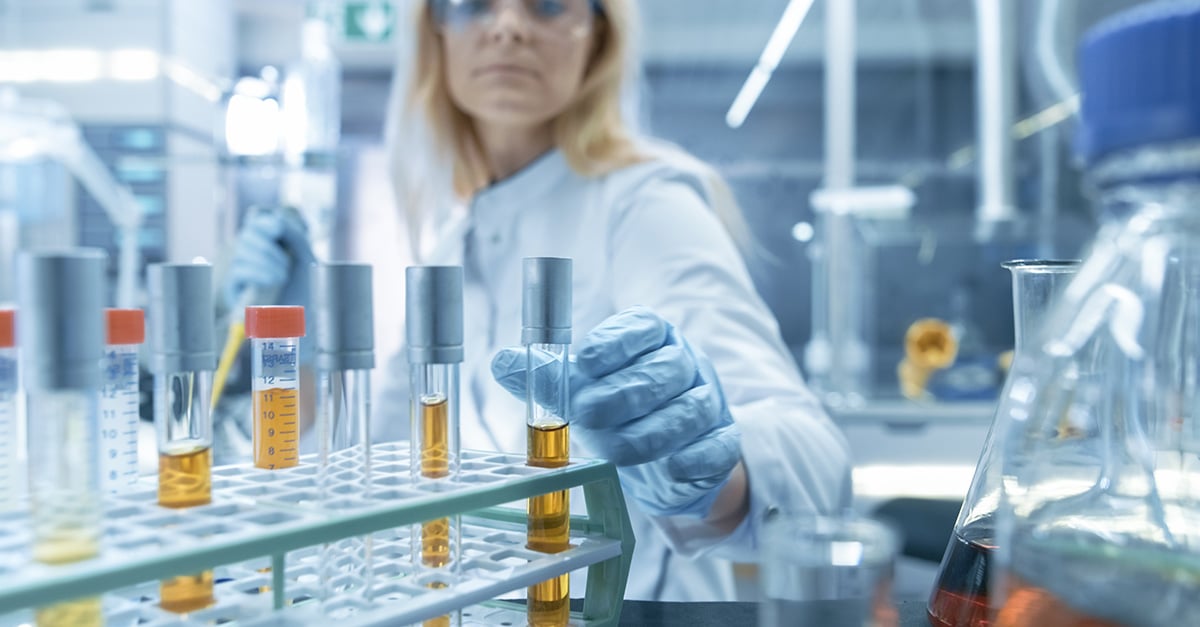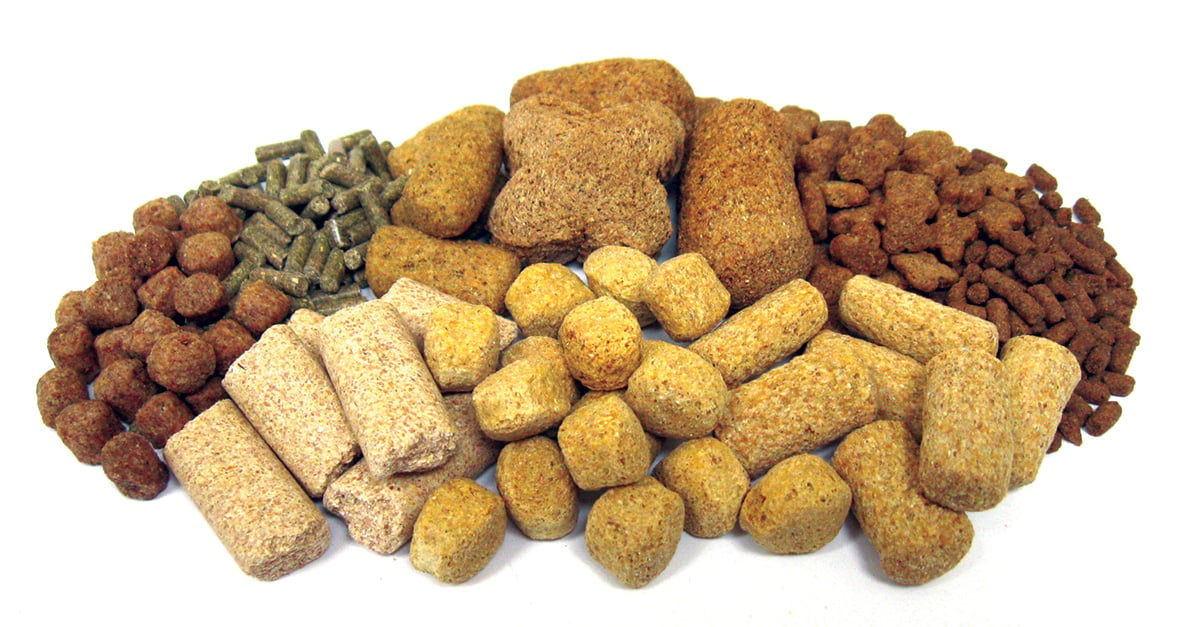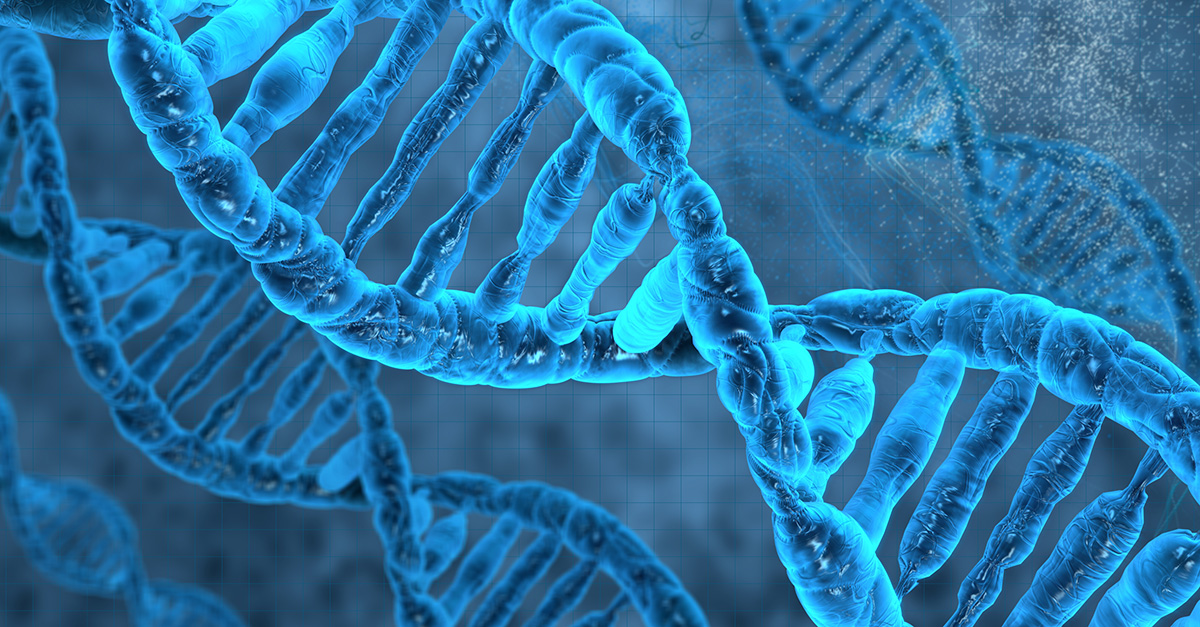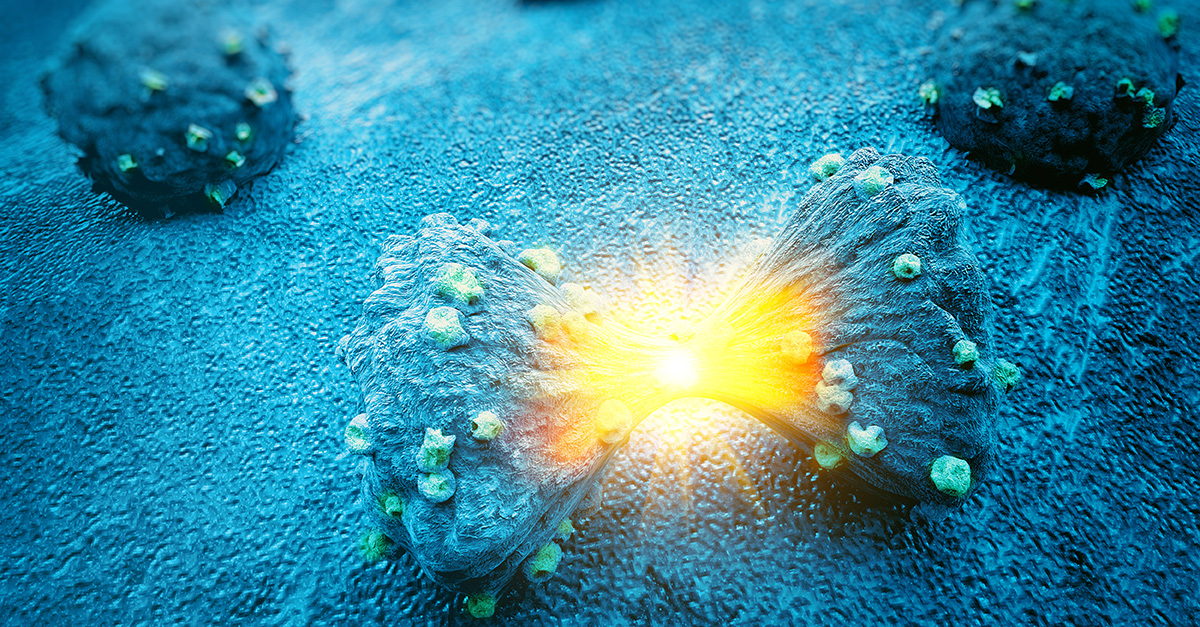

Considerations for creating a custom research model: Insight from a scientist
Genetically engineered models and research breakthroughs can have a vast impact on the development of life-changing treatments. Specifically, when compared to existing models, custom models can be...

Key considerations for non-human primate environmental enrichment
With animal welfare always a top priority at Inotiv, enrichment is considered part of a continuous improvement process that takes into account latest training, approaches, and methods to ensure...

Choosing the right adjusted fiber diet for your animal model study
Researchers are often interested in the effects of fiber in their laboratory animal diet. As an example, the recent focus on the brain-gut connection in neurodegenerative conditions like Parkinson’s...

Key considerations for using preconditioned animals for research
Research on human diseases requires specialist animal cohorts. Preconditioned animal models are therefore critical for drug discovery and development. Preconditioning can refer to several factors,...

Celebrating 90 years of working together to build a healthier and safer world
In 1931, Howard Harlan founded a company that would, over the decades, evolve and expand to become Inotiv. Christening his new business Harlan, Howard set about building his company’s reputation as a...

The B-NDG mouse model: A game-changing research tool
Immunodeficient mouse models are important tools across a range of biomedical research fields, including oncology, immunology, infectious disease, stem cell biology, and more. Their availability has...

5 smart strategies to improve animal welfare
The research industry is increasingly relying on new techniques and technologies to improve animal welfare. Improvements have been limited as paper-based systems can cause issues with access and...

